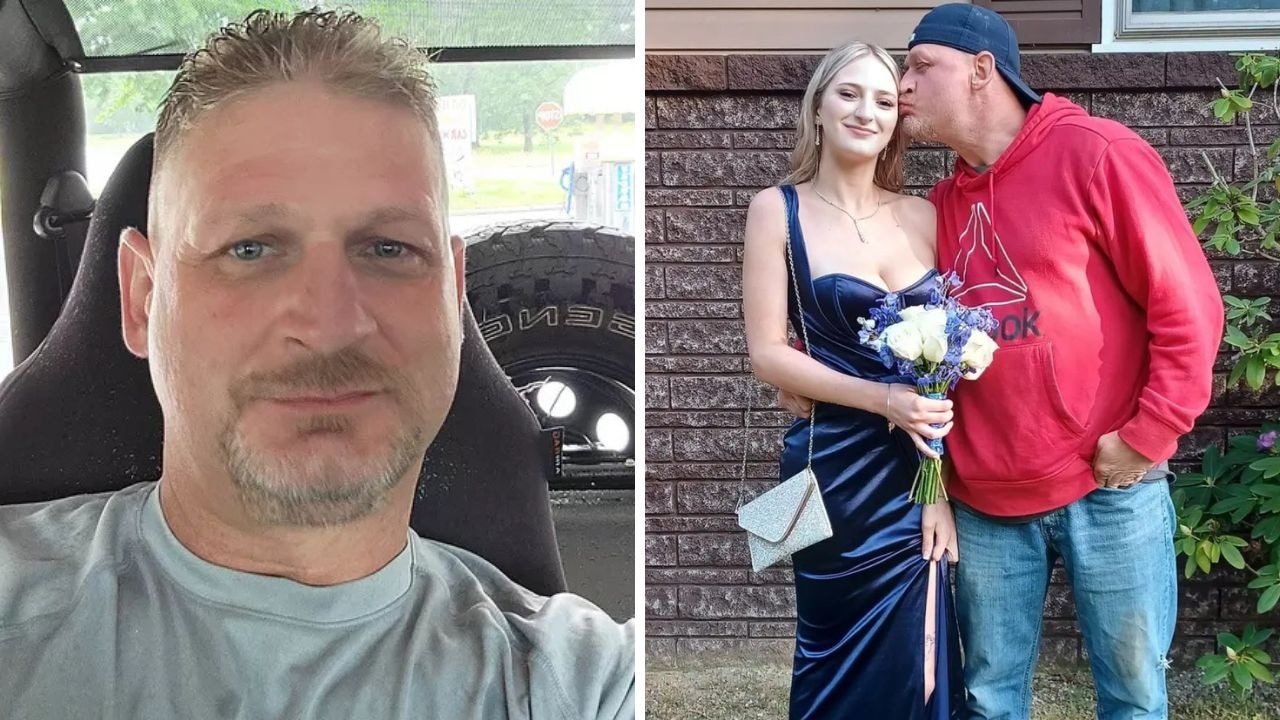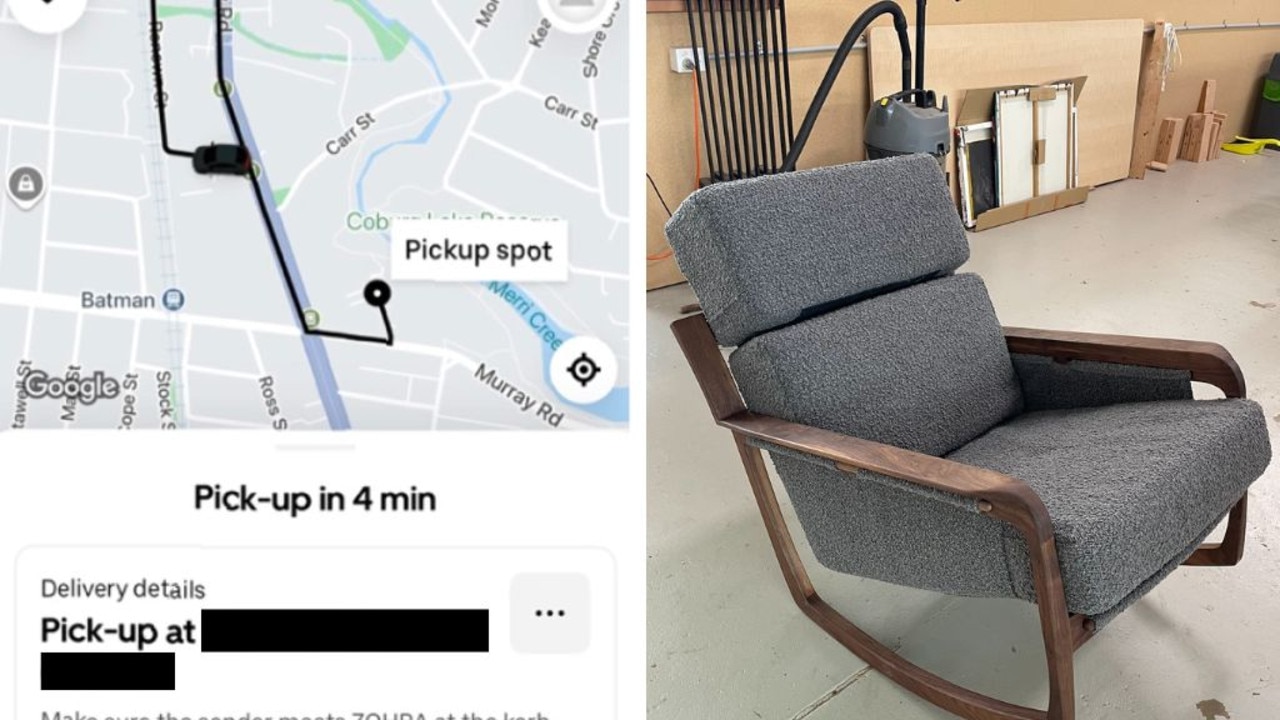Woman doused in petrol, stabbed by Tinder date warns of domestic violence 'red flags'
Angela Jay, who was soaked in petrol and set alight by her ex who she met on Tinder, says “romance” and “passion” can be a sign of something sinister.

Angela Jay was 28 years old when her ex-partner doused her in petrol before stabbing her 11 times in a horrific attack.
The shocking violence came just weeks after Dr Jay broke off her relationship with the man, Paul Lambert, 36, whom she met via dating site, Tinder.
“At the time I was looking for just a partner, someone ready for a long-term relationship and someone to really spend my life with,” says Dr Jay.
“When I met him, he seemed very intelligent and was very charming, we were able to hold real conversations with each other, and I think that’s what really attracted (me) to him first of all.”
On average, one woman a week is murdered by her current or former partner.
Almost 10 women a day are hospitalised for assault injuries at the hands of a spouse or domestic partner.
Every day in May, as part of Domestic and Family Violence Awareness Month, news.com.au will tell the stories behind those shocking statistics.
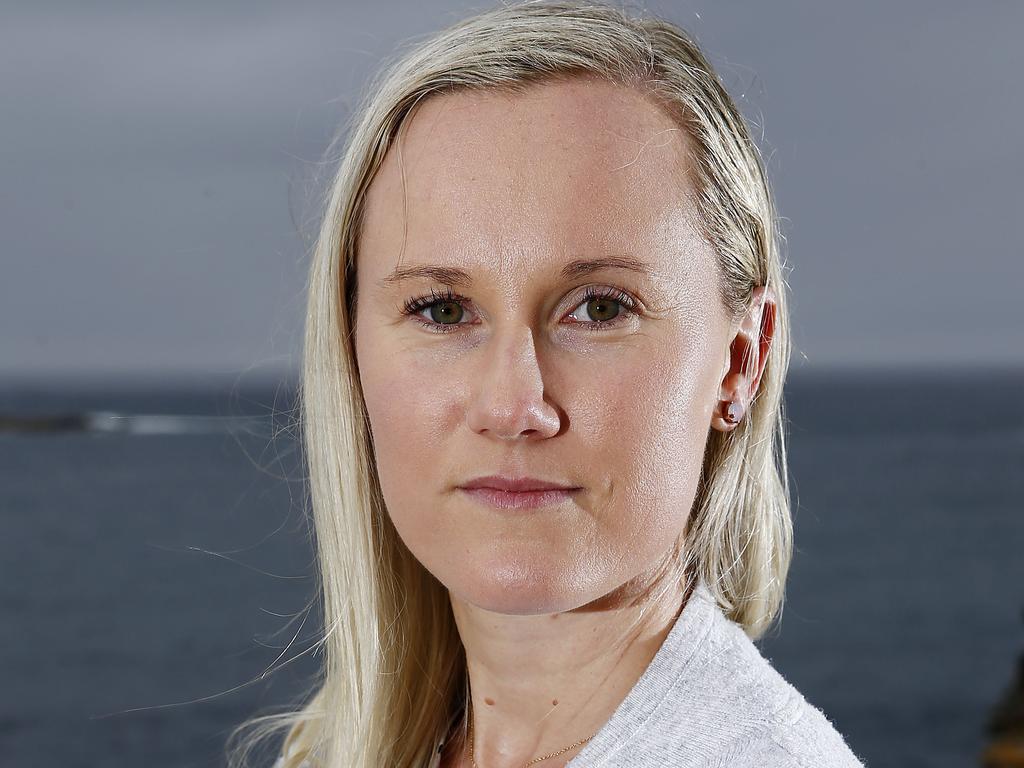
Over time, Dr Jay began to feel that Lambert’s feelings for her were stronger than hers were for him, so she decided to end the relationship.
Her decision prompted a string of distressing text messages from Lambert, as well as threats of suicide, which ultimately drew Dr Jay back in.
“I initially did go back to him and tried to resolve the relationship, but then came a point where I couldn’t stay in a relationship with him for his own happiness and benefit,” she said.

After she broke up with him, Lambert showed up at her sister’s house unannounced and disclosed a history of violence within previous relationships, Dr Jay decided to make a police report. Then when Dr Jay was back at her home in Port Macquarie, NSW, disturbingly, Lambert turned up outside her house.
She convinced him to leave, however, Lambert bombarded her with messages threatening her safety, prompting Dr Jay to apply for an apprehended violence order (AVO), and move in with a family member.
“I blocked his number and ceased contact,” she said. “And while I was still very fearful and worried, I told myself he was being paranoid, and he would move to Sydney and move on with his life.”
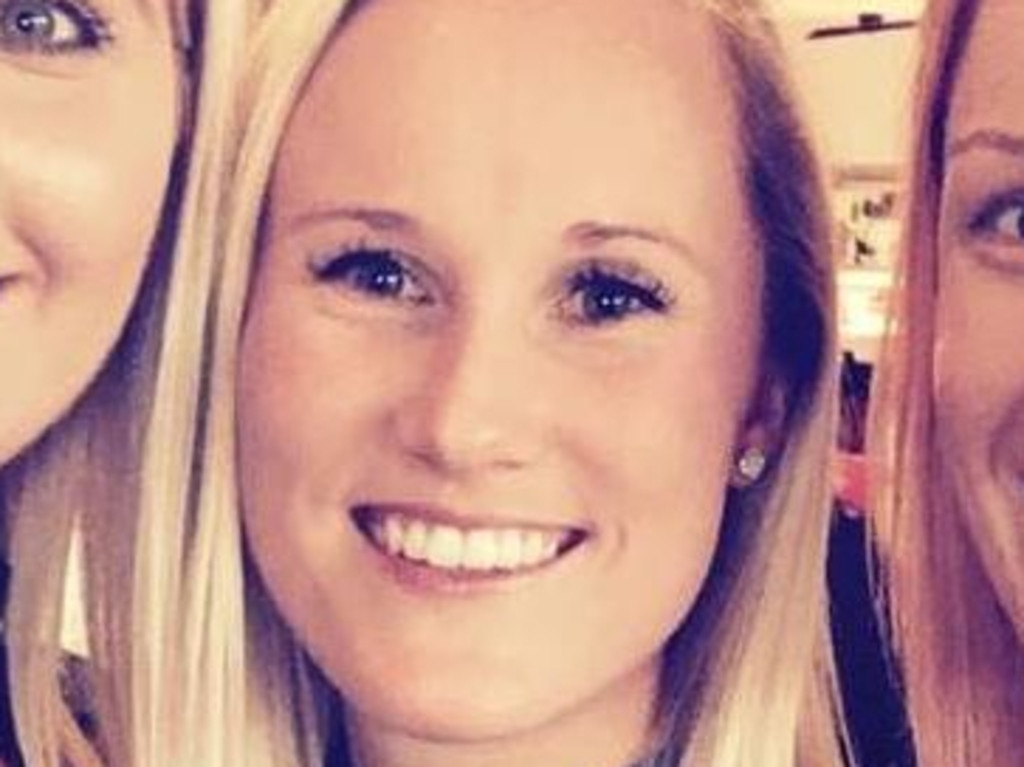
On the day of the attack, Dr Jay had popped back to her home for some clean washing. It was in that small window of time that Lambert stabbed Dr Jay 11 times and doused in her petrol.
Despite horrific wounds, Dr Jay managed to escape before she was set alight, and Lambert was shot dead by police later that night.
Never violent before the attack
As is often the case when men attack the women who leave them, Dr Jay didn’t experience any physical violence during her relationship with Lambert. Which is why she says women need to be aware of the early warning signs of abuse, which can be easily missed.
“I think there is a very fine line between what we consider to be romance, and what we consider to be coercive control,” she said.
“The culture we live in dismisses a lot of that behaviour as someone who’s passionate and enamoured, and that if you are blaming someone else for your distress or threatening to kill yourself, that it’s kind of an expression of passion more so than manipulation and coercive control.
“I think more and more we are starting to recognise that behaviour for what it is, and that is emotional and psychological abuse.”
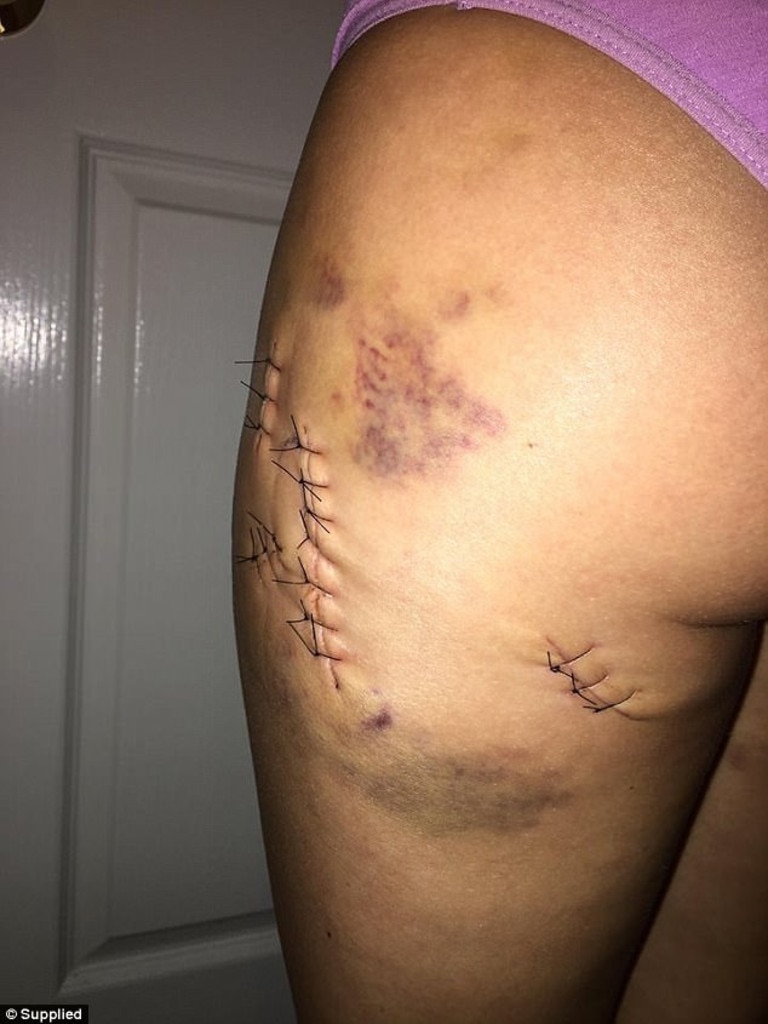
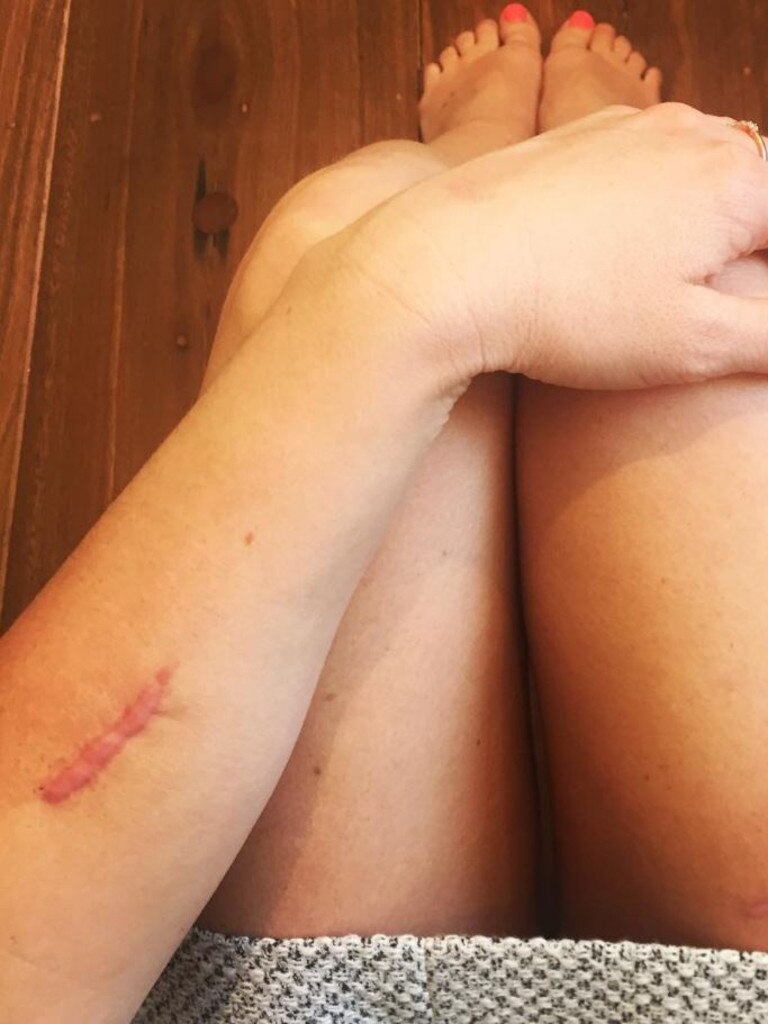
Dr Jay, a former White Ribbon ambassador and an advocate via My Red Flags, says she never saw herself as a potential victim of family violence.
“The prevailing notion in our society is that if someone is experiencing domestic violence then they chose to be in that situation,” she said.
“It never occurred to me that it would happen to me because I thought that I would be able to see something like that coming, or quickly exit a situation like that if it happened.”
Dr Jay is also an advocate for increased awareness of the violence many women face.
“Unfortunately, while there’s been some increasing awareness, it’s still shocking to see the way these really violent crimes are reported.
“For any survivor of violence, it really hits home because you already feel humiliated and dehumanised, and it’s an extra slap in the face that your society views you as an insignificant afterthought.
“If we can’t call it out for what it is in its most extreme, horrific form in a public forum, how are we going to identify the more subtle forms like coercive control?”
Men don't think they're the problem
Psychotherapist, Dr Karen Phillip, said despite increased awareness, domestic abuse remains a largely silent and secretive problem.
“And the worst part is these men do not believe they are doing anything wrong,” she says.
“Most seem to have narcissistic personalities, therefore unable to accept any responsibility for their actions or behaviours, with complete blame placed onto their partner.
“The community, both men and women, need more education on acceptable behaviours and alarm signs.”
According to Dr Phillip, nonviolent red flags include:
Enduring insults and demeaning comments, then being blamed for the abuse
“A healthy relationship involves partners who are kind, respectful, considerate, appreciative and treat their partner as an equal, not a possession,” said Dr Phillip.
Dr Jay says a cultural shift is critical to decrease Australia’s shocking rates of domestic violence moving forward.
“Ultimately, we’re going to be needing efforts on all sides, whether it be legislation, penalties for perpetrators, as well as more ethical journalism, and widespread awareness – not the fact that it’s an issue, but more importantly, what does domestic violence look like, and what can we do to change gendered stereotypes?”

